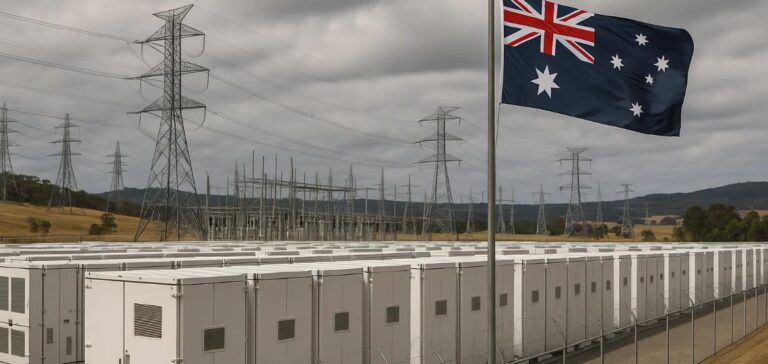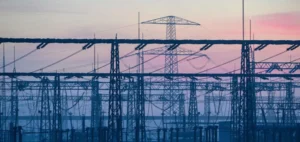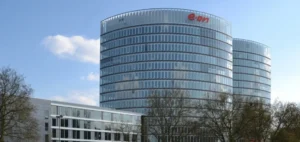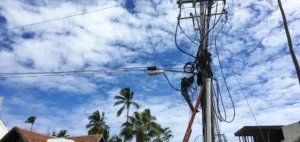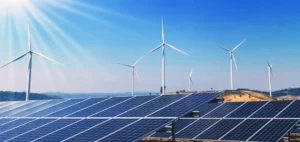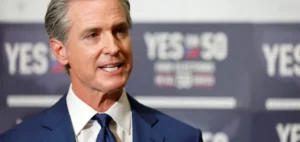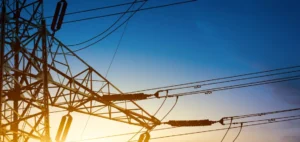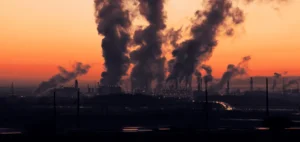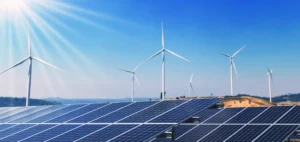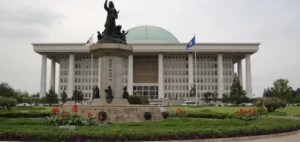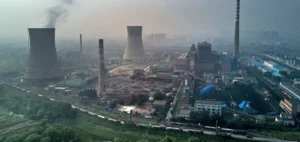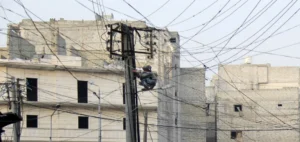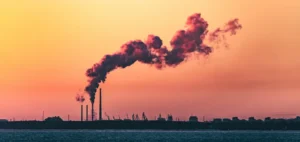The newly re-elected Australian government has reaffirmed its target of achieving 82% electricity generation from renewable sources by 2030, as part of a broader strategy to reduce economy-wide emissions by 43%. The nuclear option, previously supported by the opposition, has been explicitly ruled out.
The Capacity Investment Scheme targets an additional 32 GW
A central pillar of this strategy is the Capacity Investment Scheme, introduced in 2022, which aims to add 32 gigawatts (GW) of new electricity capacity by 2030. The scheme builds on the 8.4 GW of large-scale solar, wind and storage projects connected to the grid between 2021 and 2024.
According to Wood Mackenzie, utility-scale storage capacity could reach over 16 GW by 2030, up from 2.5 GW today. To date, over 8 GW of projects have received funding under the programme, including 2.8 GW of storage with an average duration of 3.5 hours.
Expanded support for distributed and residential storage
To address challenges associated with midday solar peaks, the government is also focusing on the development of distributed storage. The Consumer Energy Resources (CER) roadmap outlines improved grid stability management through local capacity integration.
A AUD 2.3 billion ($1.53 bn) home battery subsidy announced during the election campaign complements existing state-level support schemes. According to Wood Mackenzie, installed solar capacity in the residential, commercial and industrial sectors is expected to rise from 29 GW in 2025 to 46 GW by 2030. Distributed storage is projected to triple over the same period.
Critical minerals: AUD 15bn to strengthen domestic production
To solidify its role in the global critical minerals supply chain, Australia has introduced several funding measures. The government is allocating AUD 15 billion ($10 bn) through the National Reconstruction Fund to boost national industrial production.
The Future Made in Australia Act allocates AUD 22.7 billion ($15.1 bn), including AUD 13.4 billion in production tax credits for green hydrogen and critical minerals, and AUD 2 billion for green aluminium support. An additional AUD 1.2 billion ($800 mn) is earmarked to establish a national reserve of lithium, nickel and other strategic metals.
Gradual coal phase-out, interim reliance on gas
By 2045, Australia plans to retire 22 GW of coal capacity in line with existing commitments. Natural gas will continue to provide peaking and system reliability support during the transition.
“Despite these announcements, our forecasts show the country will only reach 58% renewable electricity by 2030,” said Natalie Thompson, senior analyst at Wood Mackenzie, on May 15. “Stronger policy backing and improved coordination across government levels will be needed to overcome grid connection and planning hurdles.”


